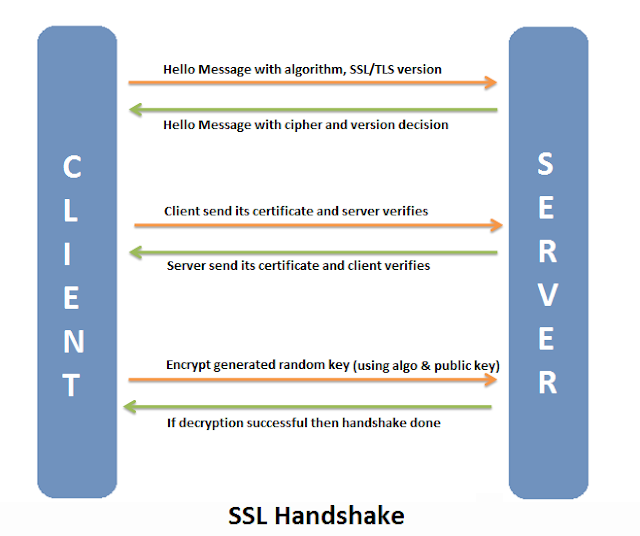Transport Layer Security

Transport Layer Security is used to protect against man in the middle attacks. HTTPS (also called HTTP over SSL/TLS) is a protocol for secure communication over a computer network which is widely used on the Internet. HTTPS consists of communication over Hypertext Transfer Protocol (HTTP) within a connection encrypted by Transport Layer Security or its predecessor, Secure Sockets Layer. The main purpose of HTTPS is to authenticate the server and protection of the privacy and integrity of the exchanged data. What Is TLS/SSL and how it works? Transport Layer Security(TLS) and its predecessor Secure Sockets Layer( SSL ) both are a standard security protocols for establishing a secure connection between a server and a client typically used for web server and mobile device/browser. The most common use of SSL is to provide protection for confidential data, such as personal details or debit/credit card information sent by any client. The TLS/SSL layer has following main
